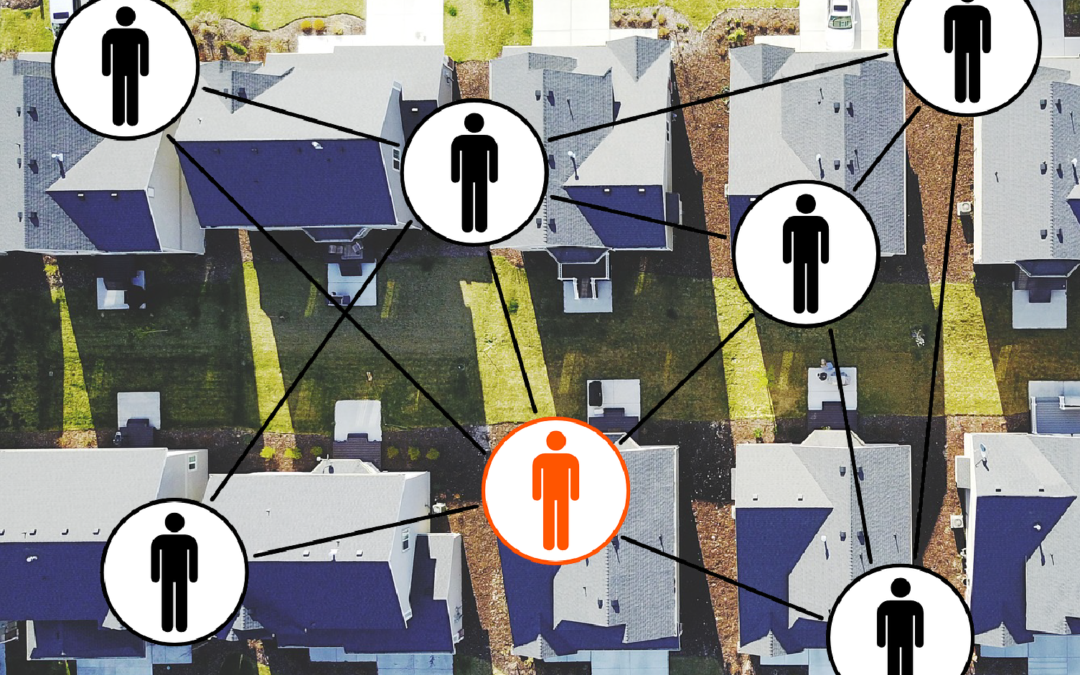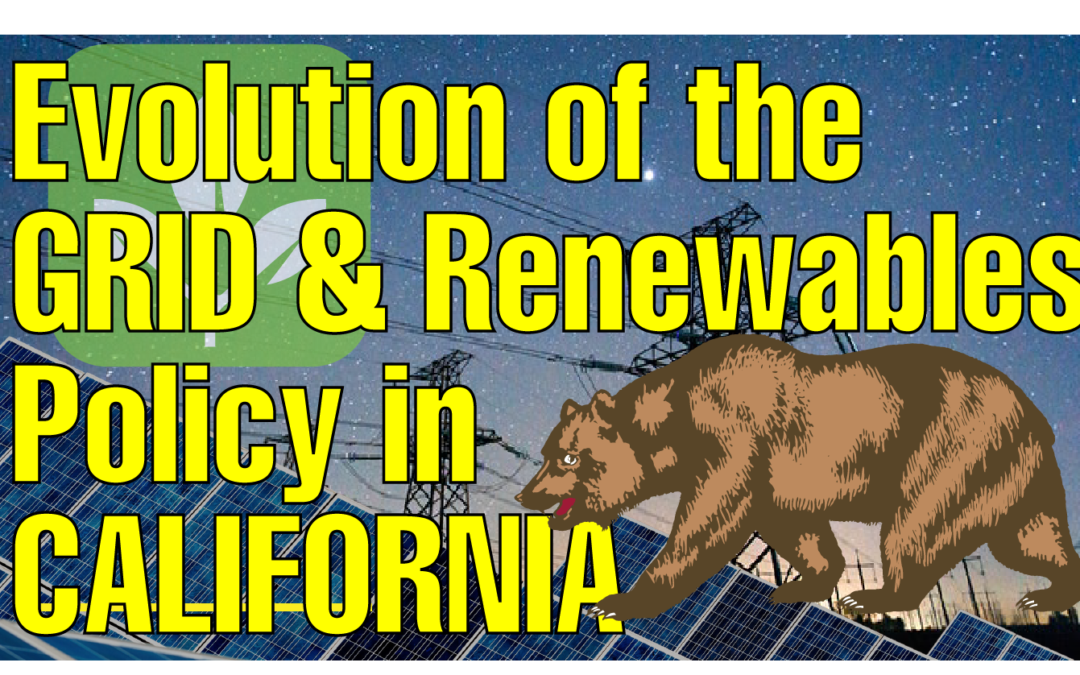
“Personal Microgrid” Device Allows Customers to Use Alternative Sources in Outage
Your power goes out. You flip a switch to use your batteries, your EV, your solar panels, or your emergency generator and your home is functioning again. Sounds simple. It isn’t. And it is one of the hottest areas for innovation in the transformation of the utility business,
It can be done in a clumsy way by running power cords throughout the house. It can be done dangerously by jury-rigging a double mail end connector between a generator and a home outlet to energize a home. It can eventually be done by a number of devices now being developed by dozens of clever innovators (see our blog on SPAN with its programmable power panel at our May 12 meetup with a programmable panel, and on WallBox with a two-way charger to connect an EV to the home) but they so far are expensive. Now PG&E engineers have come up with a simpler solution that may be much less expensive. It could be a key to let homeowners operate as their own “personal” microgrid in times of outages.
The PG&E device is a “collar” inserted between the smart meter and the meter plug on the home. It has a tail to plug in the power sources from the home. It can be used with a battery storage device or a small generator. It is not made to be used to connect a car or solar PV panels that do not go through a battery buffer, as we understand it. The home owner has to manually disconnect from the grid and trip off all the circuits in the home panel that will not be served, leaving on the ones that are deemed “critical”. At the end of the outage, the homeowner will reconnect to the distribution grid and restore all the breakers to the “on” position. PG&E isn’t selling it yet, so we don’t know the price, but other devices we have reviewed cost $5-7,000 to do these functions. Surely it will be less.
Here is an article that explains more about what PG&E is doing, if you want to dive into it.

ABOUT THE AUTHOR
Gary Simon is the Chair of CleanStart’s Board. A seasoned energy executive and entrepreneur with 45 years of experience in business, government, and non-profits.
CleanStart Sponsors
Weintraub | Tobin, BlueTech Valley, Revrnt,
Moss Adams, PowerSoft.biz, Greenberg Traurig, California Mobility Center




